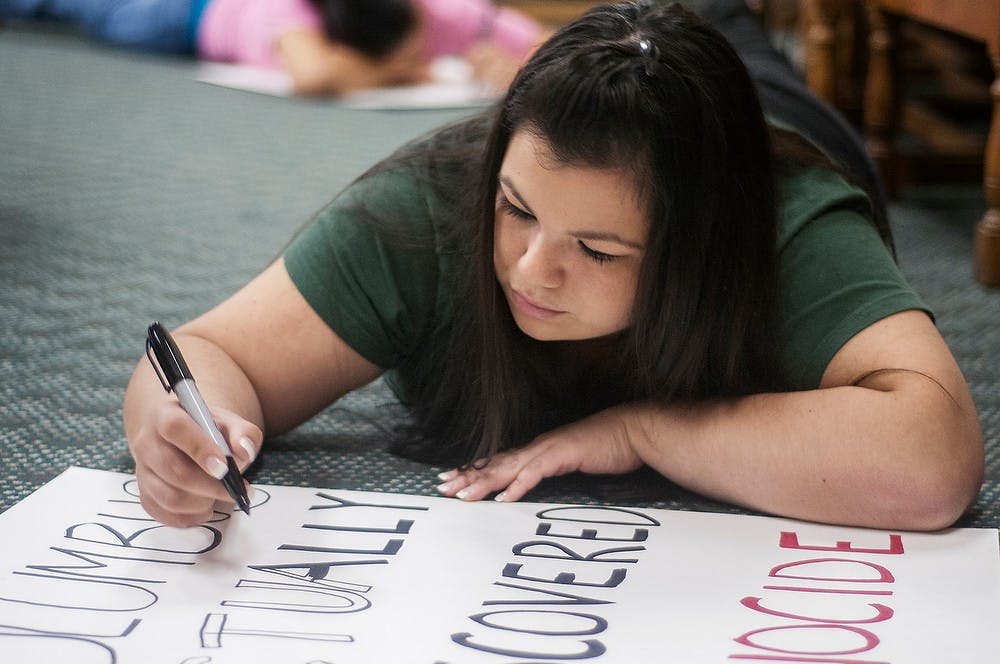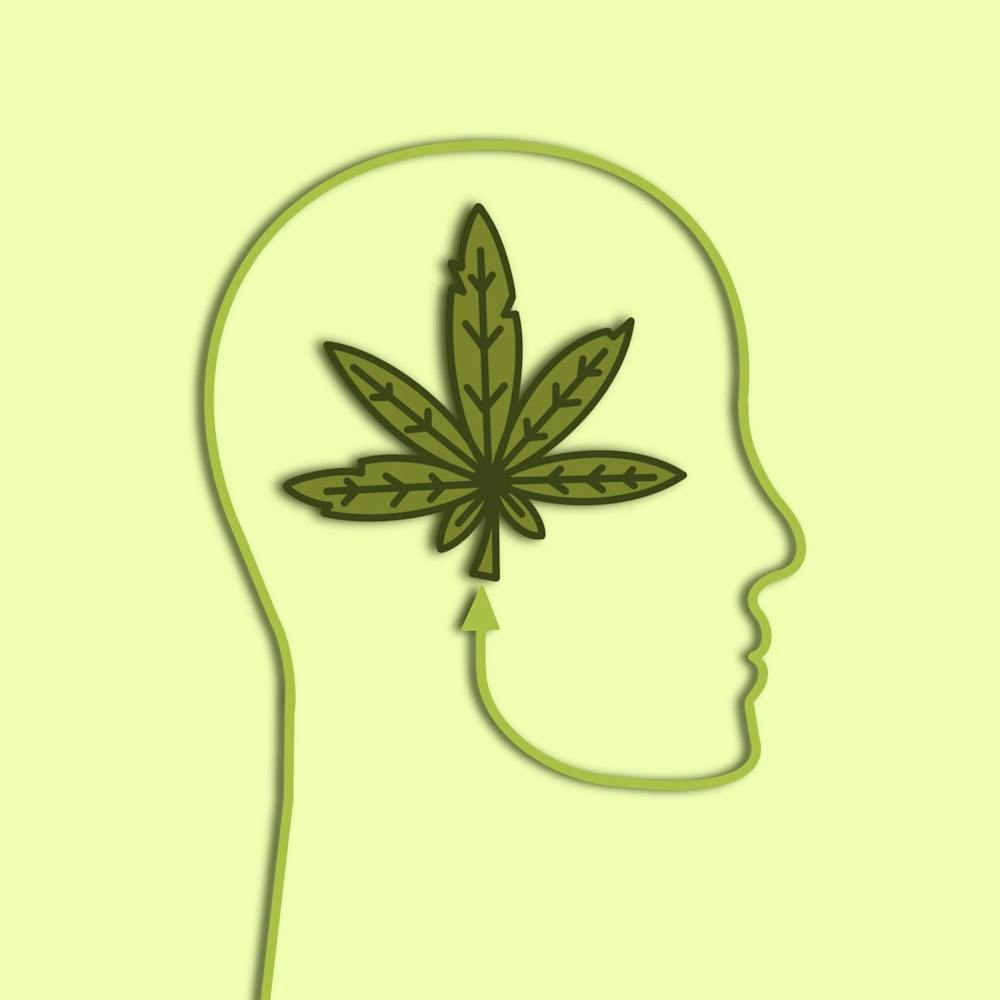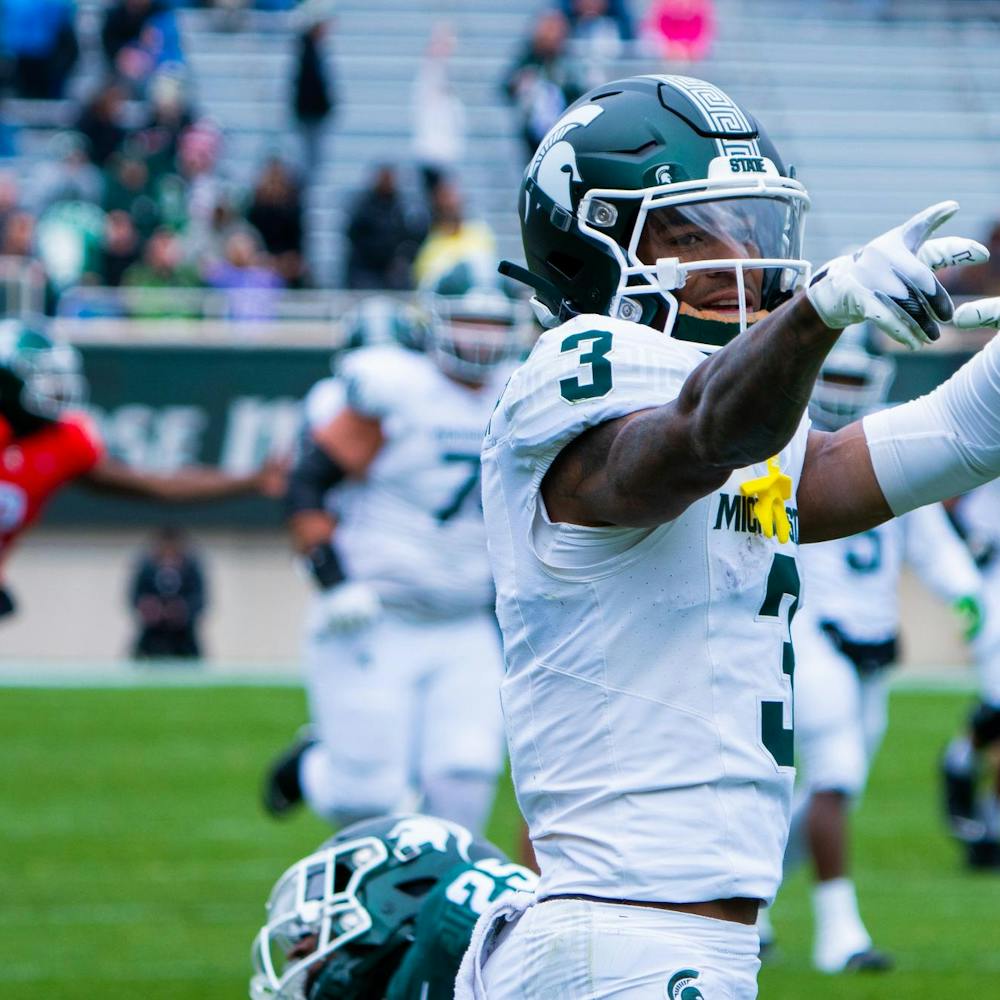As one of 131 American Indian students enrolled at MSU, French senior Sean Patrick works four jobs, pays his own bills and faces the looming payback of student loans after graduation.
“I am completely on my own,” said Patrick, who is not officially recognized by an American Indian tribe, but is co-chair of the North American Indigenous Student Organization, or NAISO. “When friends ask, I say, ‘No, I don’t receive any aid.’”
Today marks Indigenous People’s Day, an unofficial holiday observed as a counterweight to Columbus Day — a day to clear up some misconceptions about the heritage of American Indians.
For students with indigenous ancestry, securing financial aid can be a challenge.
To gain eligibility, students must navigate a maze of government regulations and abstract requirements to prove their native lineage. While some do so easily, for others, it’s a challenge that seems impossible.
“The challenges are more political than legal,” said Matthew Fletcher, director of MSU’s Indigenous Law and Policy Center. “Most Americans think Indians get everything free, so government services to Indians are always under political attack.”
Patrick said although he is of tribal heritage, he receives no financial benefits toward his education, despite a long, enduring stereotype.
Blood quantum
When the federal government negotiated land ownership with American Indian tribes in the 19th century, it often required them to compromise land for government services, including education.
But the government never fully recognized many of the treaties that promised sacred land to tribes, which ultimately devastated the indigenous way of life.
“To expect us to just rebound and be as wealthy as the rest of society and doing as well as everyone else — it’s unfair to knock us down and expect us to (stand again),” said kinesiology junior Jessica Rivard, who is the public relations chair of NAISO.
She is affiliated with the Little Traverse Bay Bands of Odawa Indians.
As a result of the treaties, American Indian tribes are considered sovereign from the federal government and have their own leadership — which can cause confusion about educational aid.
Stacey Tadgerson, director of the Michigan Department of Human Service Office of Native American Affairs and a member of the Sault Ste. Marie Tribe of Chippewa Indians, said the most common way for students to qualify for aid is if their ancestry contains a certain amount of American Indian lineage — called blood quantum.
But each tribe often has its own eligibility criteria for students, and tribal descent or residency on a reservation also are qualifiers.
Heather Howard, an American Indian Studies Program faculty member, said many individuals might be under the impression that most American Indians do receive financial aid, but it varies from case to case under numerous tribal and governmental rules.
“It is a social concept, not a biological concept, so that is one kind of complicated issue,” Howard said. “It again goes back to the treaties. … In exchange for the land, the native people would receive education.”
Qualifiers
Students are required to meet similar tribal or federal laws to be eligible for scholarships or financial aid, one of which might be blood quantum, she said.
They also have to be an enrolled member of a federally recognized tribe, which is measured by sometimes confusing definitions based on blood status, said Don Moore, education and operations manager at Nokomis Learning Center, 5153 Marsh Road, in Okemos.
“When you think about it, purebred dogs, thoroughbred horses and (American Indians) are the only ones required to carry a card that is a comment on the amount of blood that they have,” Moore said.
Rivard carries a card to prove she is one-quarter American Indian — the “cutoff” to be officially affiliated with her tribe.
“The government has made it very easy to make sure (American Indians) don’t exist,” Rivard said. “We have to make sure every Native American is marrying a Native American to carry on the bloodline.”
Support student media!
Please consider donating to The State News and help fund the future of journalism.
A modern indigenous people
In the past — and in the history books — American Indians largely have been absent from their own narratives, Moore said.
Over time, Americans learned a watered-down version of history, washing away some of the true stories of American Indians.
But Indigenous People’s Day is a time to reflect on American Indian contributions to society and recognize they still are active and present in redefining themselves in a modern era, he said.
“If natives don’t take an active part in presenting their culture and their history, not only to the United States and the world, then somebody else is going to do it,” Moore said.
To Rivard, history and cultural interest is more important to identity than having to prove her past, and she hopes future generations will agree.
“I feel like as long as my kids have as much interest in the culture, (then) I feel like they are just as much Native American as everyone else,” Rivard said.
Discussion
Share and discuss “Honoring Heritage” on social media.







